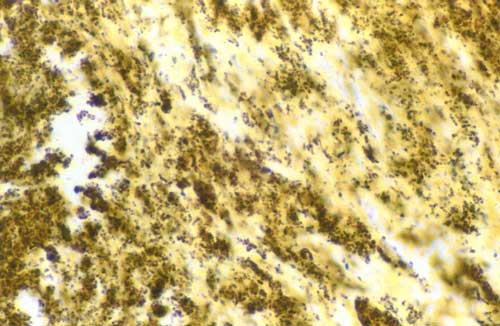What is bacterial endocarditis?
Bacterial endocarditis (BE) is an infection of the valves and inner lining of the heart. It happens when bacteria from the skin, mouth or intestines enter the bloodstream and infect the heart valves and lining.
Who gets bacterial endocarditis?
Although BE can occur in anyone, people with a heart valve problem, an artificial valve or a heart defect are at greatest risk. Having a heart murmur sometimes increases the chances of getting BE. Your doctor can usually determine whether you have a type of heart murmur that increases your risk of BE.
Do medical or dental procedures increase the risk of BE?
If you have an abnormal heart valve or a heart defect, anything that increases the risk of bacteria getting into the bloodstream increases your risk of getting BE. Dental work is associated with BE. Other medical procedures that might increase the risk of BE are colonoscopy, cystoscopy and sigmoidoscopy.
How can BE be prevented?
Patients who have heart defects or valve problems should receive antibiotics when they have any procedures mentioned above.
How can you tell if you have BE?
Fever, chills and other flu-like symptoms may be the only signs of BE. Other symptoms are unexplained weight loss and weakness. Your doctor may suspect you have BE if he or she hears abnormal heart sounds with a stethoscope. Your doctor will then need to do more tests, such as blood work and echocardiography (looking at the heart by using an ultrasound) to find out if you have BE.
Are there complications of BE?
Once infected, your heart may not pump blood as well as it did before. This is called heart failure. Other problems include irregularities of the heart beat, heart muscle destruction and blood clots and clumps of bacteria that go from the heart to the brain and other organs. If BE isn't treated, it can lead to death.
How is BE treated?
You can take antibiotics to treat BE. Antibiotics are usually started intravenously in the hospital, but many people can finish their treatment at home. For more complicated infections, heart surgery may be needed.
For more information, you can contact the American Heart Association (Web site: http:// www.americanheart.org). The toll-free number is 1-800-AHA-USA1 (1-800-242-8721).
COPYRIGHT 2000 American Academy of Family Physicians
COPYRIGHT 2000 Gale Group



